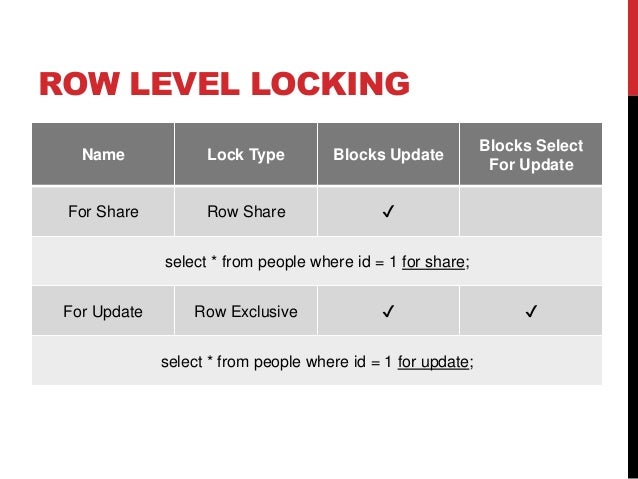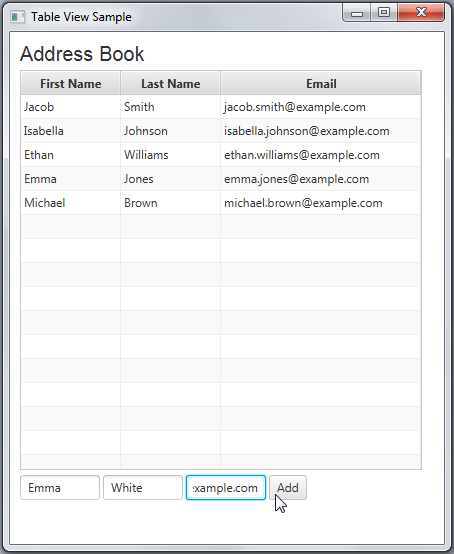

n_distinct affects the statistics for the table itself, while n_distinct_inherited affects the statistics gathered for the table plus its inheritance children. Currently, the only defined per-attribute options are n_distinct and n_distinct_inherited, which override the number-of-distinct-values estimates made by subsequent ANALYZE operations. This form sets or resets per-attribute options.
#Alter data type postgres update
SET STATISTICS acquires a SHARE UPDATE EXCLUSIVE lock.

For more information on the use of statistics by the PostgreSQL query planner, refer to Section 14.2. The target can be set in the range 0 to 10000 alternatively, set it to -1 to revert to using the system default statistics target ( default_statistics_target). This form sets the per-column statistics-gathering target for subsequent ANALYZE operations. sequence_option is an option supported by ALTER SEQUENCE such as INCREMENT BY. These forms alter the sequence that underlies an existing identity column. If DROP IDENTITY IF EXISTS is specified and the column is not an identity column, no error is thrown. The boolean type can have several states: true, false, and a third state, unknown, which is represented by the SQL null value. So you will have to use several ALTER TABLE statements. Like SET DEFAULT, these forms only affect the behavior of subsequent INSERT and UPDATE commands they do not cause rows already in the table to change. PostgreSQL provides the standard SQL type boolean see Table 8.19. 1 Answer Sorted by: 4 While you can change the data type of several columns in one ALTER TABLE statement, renaming a column can only be done one at a time. These forms change whether a column is an identity column or change the generation attribute of an existing identity column. RENAME CONSTRAINT constraint_name TO new_constraint_nameĪLTER TABLE ALL IN TABLESPACE name ]ĪTTACH PARTITION partition_name AS IDENTITY In SQL, tables, databases, schemas, groups, indexes, servers, and more can be modified using the ALTER command.


 0 kommentar(er)
0 kommentar(er)
